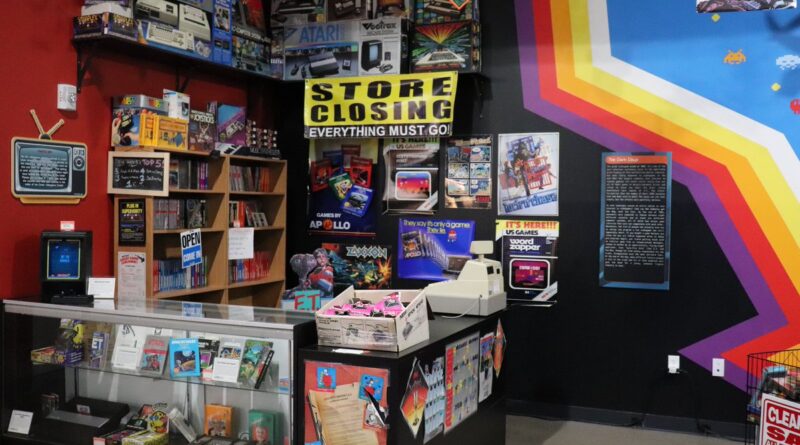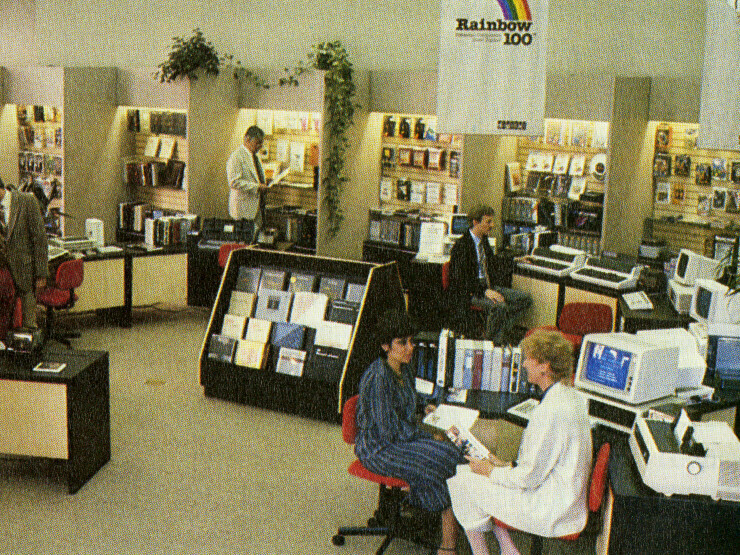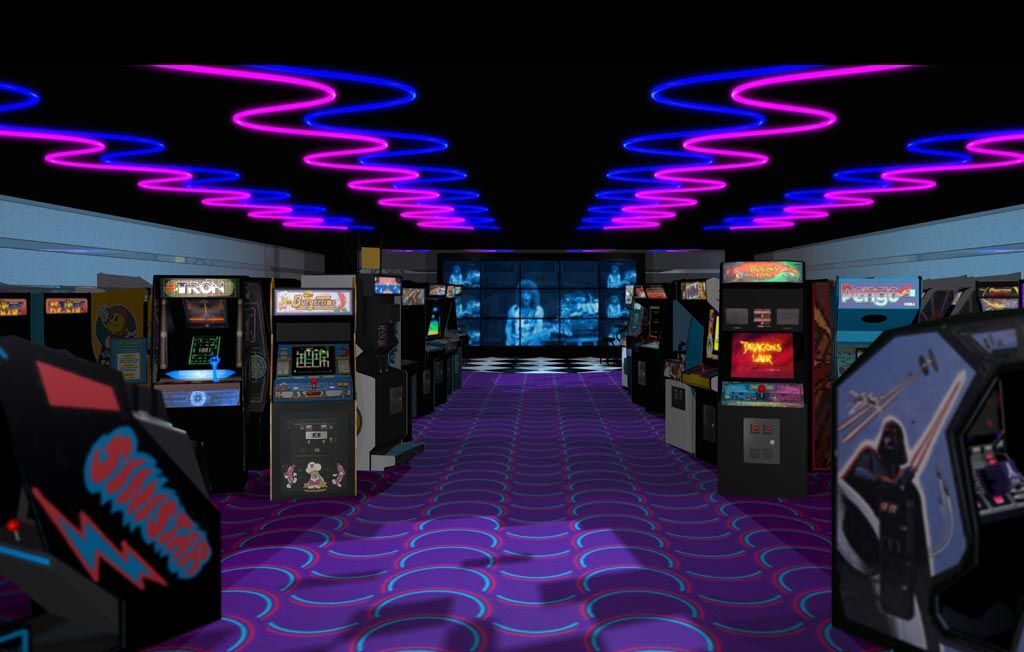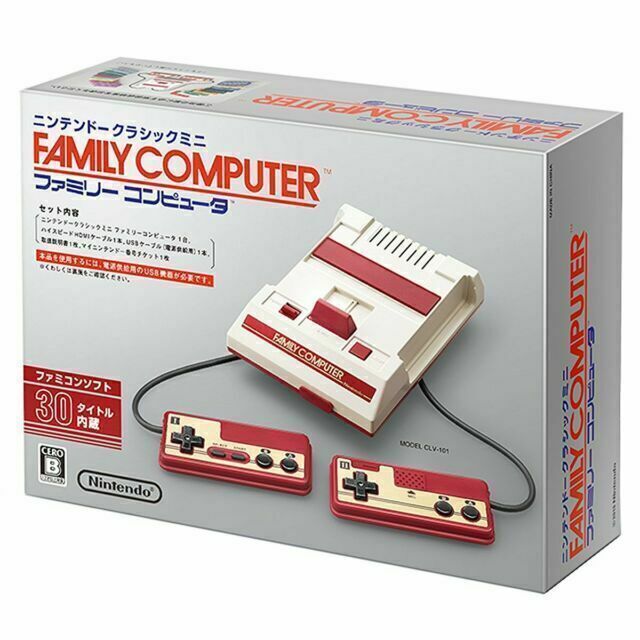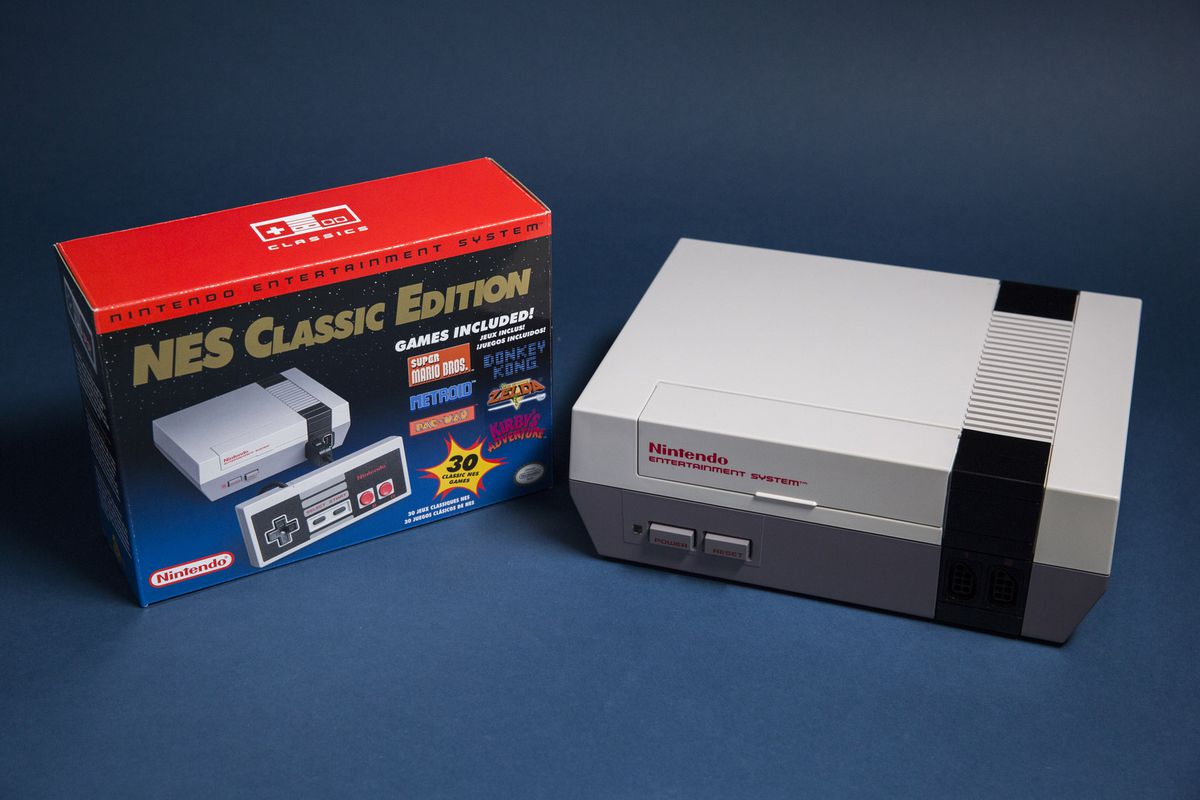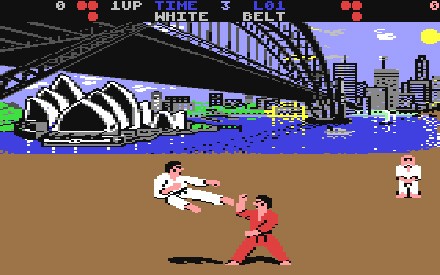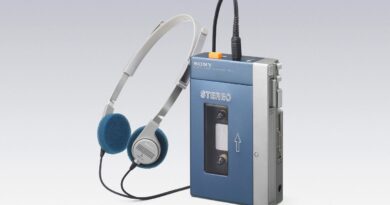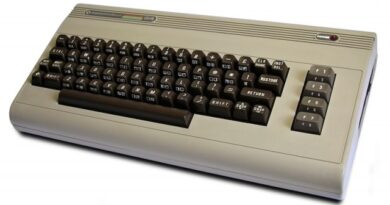What Happened During the Video Game Crash of 1983?
Can you imagine having to drive somewhere just to play video games? Of course not. Way too much of a hassle when you can just plug in and unwind at home. The video game crash of 1983 is all but a distant memory now, but before then, hanging out at the arcade was what the cool kids did after school. Galaga, Pac-Man, Donkey Kong, Super Mario Bros. and so many more were the drivers of the gaming industry.
But while many believe that the video game crash of ’83 occurred due to the release of home video game consoles, it was actually a number of factors.
What Happened During the Video Game Crash of 1983
The Video Game Crash of 1983 was a large-scale recession in the video game industry from 1983 – 1985, mostly in the United States. It was caused by each of the following factors:
- Overmarket saturation in the number of gaming consoles and available games
- Poor quality video games
- Declining interest in console games in favor of personal computers
Home video game sales revenues peaked at $3.2 billion in 1982 and crashed to about $100 million by 1985, a 97% drop in just two years. The drop also ended what was considered to be the second generation of console video gaming in North America. The arcade game market had also weakened as the golden age of arcade video games abruptly came to an end.
Bankruptcies in Gaming Companies
Incredibly unpredictable as it was, the crash led to the bankruptcy of several video game companies producing home computers and gaming consoles. Research experts had also expressed concern for the long-term viability of video game consoles.
The North American game console industry recovered shortly afterwards, mostly because of the success of Nintendo’s branding for its Famicom console, the NES, which was released in 1985 and designed to avoid the mistakes made in 1983 that caused the crash.
Short-Term Effects of the Video Game Crash
One of the largest causes of the video game crash in 1983 was the release of so many new games in 1982. Many stores didn’t even have the space to carry them or the consoles. In their attempts to return surplus games to the publishers, they neither had the funds to issue the returns nor new products to supply the retailers. Many of them, including Games by Apollo and U.S. Games quickly flopped.
So the retailers would mark down the titles, placing them in discount bins and sale tables. Games that were recently released would initially sell for $35 or $99 in today’s dollars were in bins for $5 or $14 in today’s dollars.
Other 3rd party sellers also took a chunk of sales as Atari’s share of the cartridge-game market as it fell from 75% in 1981 to less than 40% in 1982, which took a toll on their finances. The continued trend of selling poor quality titles further decreased sales from the more successful companies like Activision because misinformed consumers were attracted to the bargain price over the quality. By June 1983, the market for the once popular, expensive games shrunk dramatically and was replaced by low-budget games. Activision’s founder, David Crane, mentioned that “those awful games flooded the market at huge discounts, and ruined the video game business”.
Because of all this, the whole gaming industry was in the dump. Magnavox had pulled out of the gaming industry entirely and Imagic withdrew its IPO the day before its stock was set to go public (it also collapsed shortly afterwards). Activision was forced to downsize between 1984 and 1985 due to loss in revenue, and so they began developing games for the personal computer in order to stay competitive and retain their revenue. Within just a few years, Activision had pulled away from cartridge-based games entirely and focused on producing computer games.
But among all gaming companies, Atari was affected the most. Its revenues fell drastically due to the cost of returned stock and lower sales. By the middle of 1983, it had lost about $356 million and was forced to lay off 30% of its 10,000 employees. Games like Pac-Man, E.T. the Extra-Terrestrial, and other 1982-83 games and consoles had filled their warehouses. In September of 1983, Atari secretly buried the excess stock in a landfill near Alamogordo, NM.
Burial of Atari Games in New Mexico Landfill
Misinformation about Pac-Man and E.T. sales led to the urban legend of the Atari video game burial that millions of unsold cartridges were buried there. Gaming historians were allowed to dig them up as part of a 2014 documentary, during which the former Atari executive James Heller, who was appointed to oversee the burial, had clarified that about 728,000 cartridges were buried in 1982, backed by estimates made during the excavation and disproving the scale of the urban legend. Even today, Atari’s burial remains an iconic representation of the 1983 video game crash. By the end of that year, Atari had over $536 million in losses, leading parent company Warner Communication to sell Atari’s consumer product’s division in July 1984 to Jack Tramiel who had recently left Commodore International. His new company took the name Atari Corporation and directed its efforts to developing the new personal computer line, the Atari ST, over the console business.
Halt of Cartridge Game Production
Due to the lack of confidence in the video game sector, many retailers had stopped selling video game consoles or had reduced their stock significantly, reserving their floor and shelf space for other products. Retailers who exclusively sold video games had gone bankrupt, which also impacted computer gaming sales.
Crash of Arcades
One of the immediate effects of the video game crash of 1983 was the collapse of the arcade gaming industry. This marked the end of the short-lived golden age since the introduction of Space Invaders in 1978 but crashed from the expansion of home consoles, lack of quality games and teenage delinquency around video game arcades. While the number of arcades in the United States doubled to 10,000 from 1980 to 1982, 1,500 of them had crashed as revenues of those that remained open fell by 40%.
Recovery of Video Games in 1985
But the full effects of the crash weren’t felt until 1985, despite Atari’s claim of one million worldwide sales of its 2600 game system that year, the recovery was long. Home video game sales had dropped from $3.2 billion in 1982 to $100 million in 1985.
There were two major events that helped to revive the video game industry. The first was the increased sales of personal computers from Commodore and Tandy, which helped to maintain the revenue for game developers Activision and Electronic Arts. The other was the release of the Nintendo Entertainment System (NES) in North American in 1985, followed by the full national release at the beginning of 1986.
In 1986, the game industry saw large improvements and by 1988, annual sales exceeded $2.3 billion with 70% of the market dominated by Nintendo. In 1986, the president of Nintendo, Hiroshi Yamauchi commented that “Atari collapsed because they gave too much freedom to third-party developers and the market was swamped with rubbish games”. As a result, Nintendo limited the number of titles that third-party developers could release for its system each year, and promoted its “Seal of Quality” which allowed it to be used on games by publishers that met Nintendo’s quality standards.
The end of the crash also allowed Commodore to raise the price of its C64 for the first time in June 1986 when it was released. The Commodore 64 was a redesign for the lower cost of manufacture and which Compute! cited as the end of the home-computer price war, another cause of the video game crash.
Long-Term Effects of the Crash
The video game crash in 1983 had the largest effect in the United States, but also rippled throughout all sectors of the video game market worldwide. While sales had remained strong in Europe, Canada and Japan, there was a significant shift in the home video game market away from consoles to personal computer software between 1983 and 1985.
1984 was when some of the long-term effects took a toll on the game consoles. The general consensus was that they were just a fad that came as quickly as it left. But it was still strong outside of North America as home consoles were growing in popularity in Japan while home computers surged across Europe.
But despite the large decline in video game sales in the US, new gaming companies were brave enough to enter the industry, including Westwood Studios, Code Masters and SquareSoft, each of which started in 1985. They would go on to create a number of genre-defining titles in the future. During the holiday season of 1985, Hiroshi Yamauchi decided to go to New York small markets about putting their products in their stores. Minoru Arakwa had also offered a money-back guarantee from Nintendo in which they would pay for any stock left unsold. In total, Nintendo sold about 50,000 units, half of which they shipped to the US.
Japanese Takeover
One of the long-term results of the crash was the dominance in the home console market that had switched from the US to Japan. The crash didn’t even affect the financial viability of the video game market in Japan, but it still came as a surprise there and created repercussions that changed the industry, known as the “Atari shock”.
Before the crash, Jonathan Greenberg of Forbes predicted in early 1981 that Japanese companies would eventually dominate the North American video game industry. American video game producers were increasingly licensing products from Japanese companies, who in turn were opening up North American branches. During 1982-83, Japanese manufacturers captured a large share of the North American arcade market, which Gene Lipkin of Data East USA partially attributed to Japanese companies having more funds to invest in new ideas.
Japan’s game industry attention also started to shift from arcades to home consoles and within one month in 1983, the new home consoles were released: the Nintendo Family Computer (Famicom) and Sega’s SG-1000 (which was later superceded by the Master System) created the third generation of home consoles. These were both very popular, despite the warning of an economic bubble in Japan. They quickly surpassed Atari and Mattel’s consoles as the Japanese systems surged in popularity throughout the next few years.
In 1986, three years after it was released, 19% of the Japanese population owned a Famicom and Nintendo began to export it to the US where the home console was only starting to recover from the crash.
Cartidge Console that was Not a Cartridge Console
The impact on the retailers of the crash was the most formidable barrier that confronted Nintendo as it attempted to market the Famicom in the US. Opposition to the video games was directly responsible for causing Nintendo to brand its product the Nintendo Entertainment System (NES) rather than a “video game system” using the terms “control deck” and “Game Pack” instead of consoles. It also produced a toy robot called R.O.B. to convince the toy retailers to allow it in their stores. The design for the NES used a front-loading cartridge slot to mimic how video cassette records were loaded, pulling the console away from previous console designs.
After the recovery from the crash, the NES dominated the console market in the US, leaving just a small fraction of the market to Atari. In 1989, home video game sales in the US reached $5 billion, surpassing the 1982 peak of $3 billion. Nintendo had sold over 35 million units in the United States, exceeding the sales of other consoles and even personal computers. New Japanese companies had also entered the market to challenge the success of Nintendo in the US, including NEC’s TurboGrafx-16 and the Sega Genesis, both released in the US in 1989. While the TurboGrafx was a disappointment, the Genesis’s release caused major competition with Nintendo in the early 1990s in the US.
Growth in Computer Games
With declining interest in the US, the computer game market was given a leg-up in 1983 and beyond. Developers that were primarily in the console game space had shifted to computer games, such as Activision. Newer companies were also founded to capture the growing interest in this new space with novel elements from the console games as well as taking advantage of cheap dial-up modems that allowed for online playing. The new market grew between 1983 and 1984, taking control of the console market, but overall video game revenues had still declined dramatically because of the decline of the console and arcade market. The home computer industry had also experienced a bump in mid-1984 with global computer games sales declining in 1985.
Long-Term Effects in Europe
In Europe, microcomputers took over the market during the 1980s with minimal trans-Atlantic ripple from American game production and trends. Consoles also weren’t popular in the European markets until the early 1990s, despite the short-lived console market in the UK between 1980 and 1982. But with the arrival of the Master System and NES in the late 1980s, the home console market had also recovered. But until 199en Sega and Nintendo consoles took over, computer games remained the dominant sector of the UK home video game market.
Did You Play Video Games in the 80s?
What were some of your favorite arcade games, consoles or computer games from the 80s? Did you go to an arcade or prefer to stay at home? What did you remember from the video game crash? Did you buy any games at the time? I’d love to hear your thoughts in the comments below!

